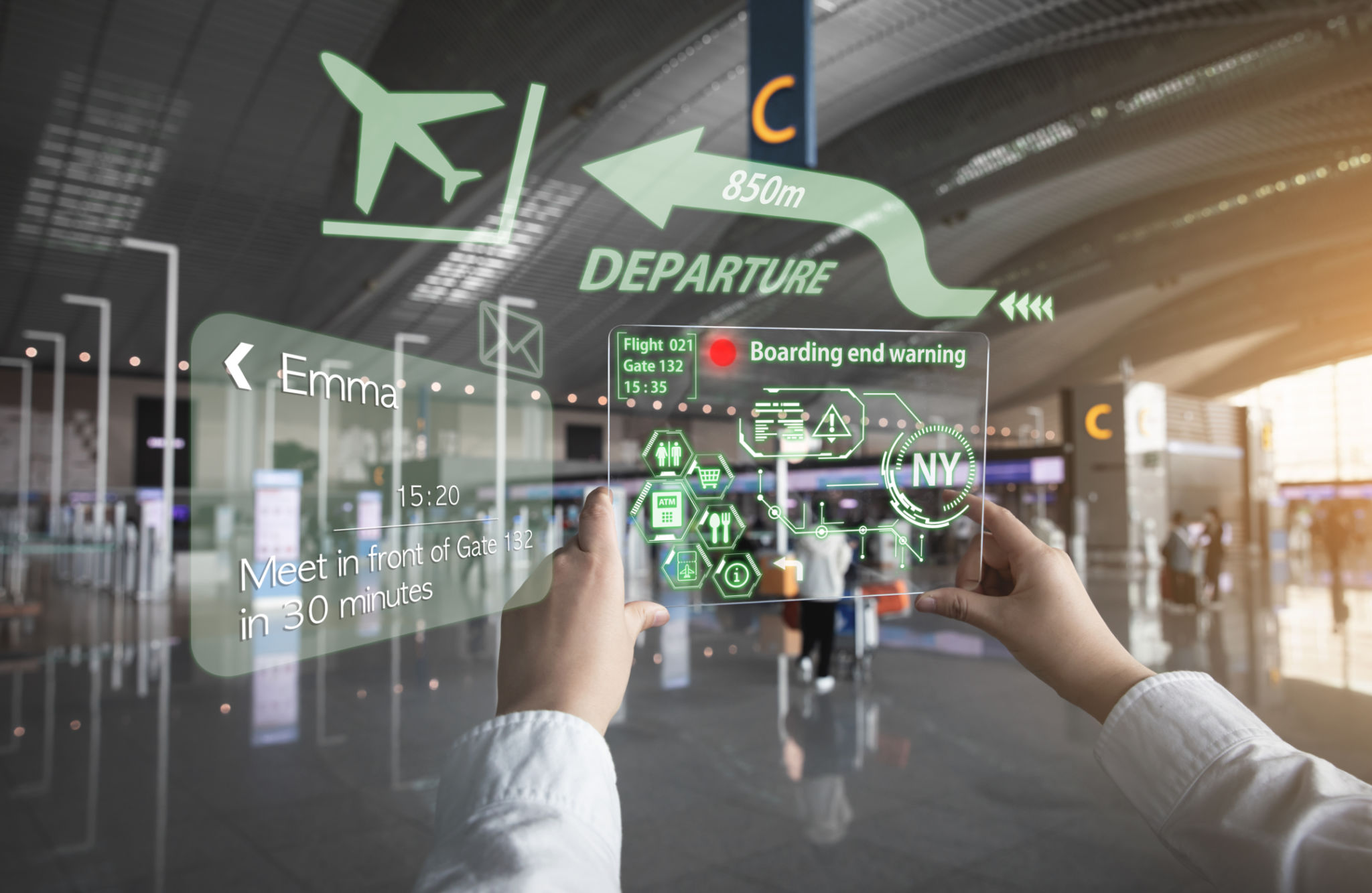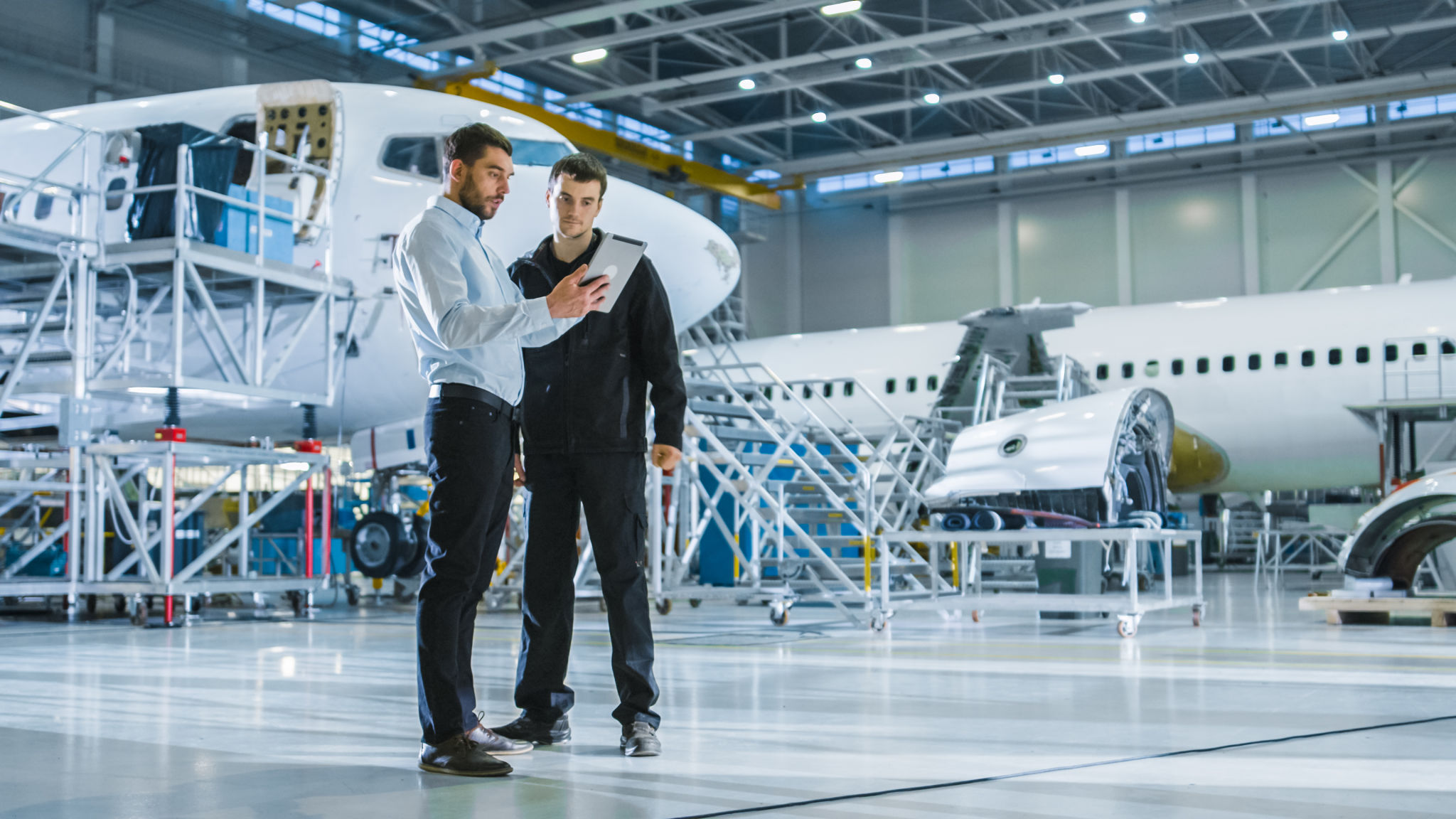The Impact of Augmented Reality on Customer Experience in Aviation
Revolutionizing Passenger Experiences
In recent years, the aviation industry has witnessed a groundbreaking transformation with the integration of Augmented Reality (AR). This innovative technology is reshaping how airlines engage with passengers, offering an enhanced and interactive customer experience. By overlaying digital information onto the physical world, AR creates immersive experiences that are proving to be a game-changer in air travel.
One of the most significant impacts of AR in aviation is the improved wayfinding and navigation within airports. Travelers often find navigating large and complex airport terminals challenging. AR applications, accessible through smartphones or dedicated devices, can provide real-time directions, guiding passengers seamlessly from check-in to boarding gates. This not only reduces stress but also enhances the overall travel experience.

Enhancing In-Flight Experiences
Augmented Reality is not limited to ground operations; it is also making waves in-flight. Airlines are exploring AR for in-flight entertainment and services. Passengers can use their personal devices to access interactive maps showing flight paths, weather updates, and points of interest below them. Additionally, AR can be employed to provide virtual tours of aircraft features, giving passengers a deeper understanding of safety procedures and aircraft amenities.
Moreover, AR can significantly enhance the onboard shopping experience. Passengers can visualize products in 3D, explore detailed information about duty-free items, and even try on virtual apparel using AR applications. This interactive approach not only boosts passenger engagement but also has the potential to increase sales for airlines.

Streamlining Maintenance and Training
The impact of AR extends beyond passenger-facing services; it also plays a crucial role in aviation maintenance and staff training. Maintenance crews can benefit from AR by receiving real-time information and step-by-step guidance on complex repairs, reducing downtime and improving efficiency. For training purposes, AR provides immersive simulations that allow airline staff to practice procedures in a safe and controlled environment.
AR-based training modules can cover various scenarios, from emergency evacuations to customer service protocols. This hands-on approach promotes better retention of information and prepares staff to handle real-world situations with confidence. By integrating AR into these areas, airlines can ensure higher safety standards and more efficient operations.

Personalizing Customer Interactions
Personalization is a key aspect of modern customer service, and AR offers new avenues for tailored interactions. Airlines can use AR to deliver personalized information based on passenger preferences and travel history. For example, augmented reality glasses could provide cabin crew with passenger details such as meal preferences, past travel experiences, and loyalty status, allowing for more personalized service.
This level of personalization elevates customer satisfaction and fosters brand loyalty. As passengers feel more valued and understood, their overall travel experience is enhanced, encouraging them to choose the same airline for future journeys.
The Future of AR in Aviation
The future of augmented reality in aviation is bright, with endless possibilities for innovation. As technology continues to advance, we can expect even more sophisticated applications that further enhance the customer experience. From virtual reality lounges to fully immersive in-flight entertainment systems, the potential for AR in aviation is limitless.
Ultimately, augmented reality is not just a trend but a transformative force that is redefining how airlines operate and interact with their customers. By embracing AR technology, airlines can offer unparalleled experiences that set them apart in an increasingly competitive industry.